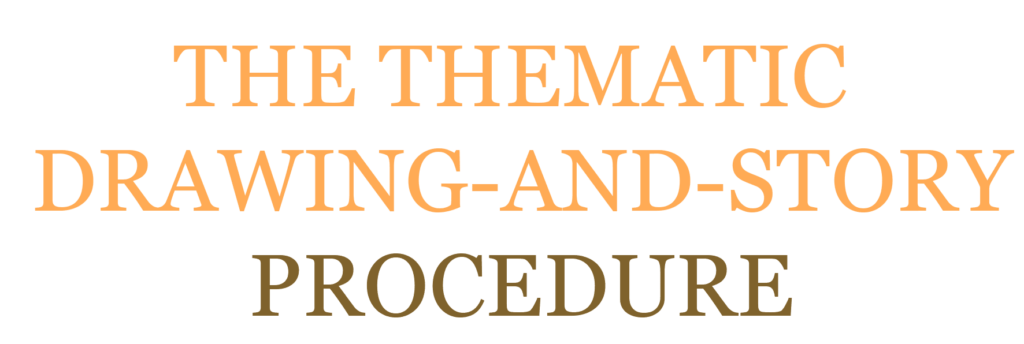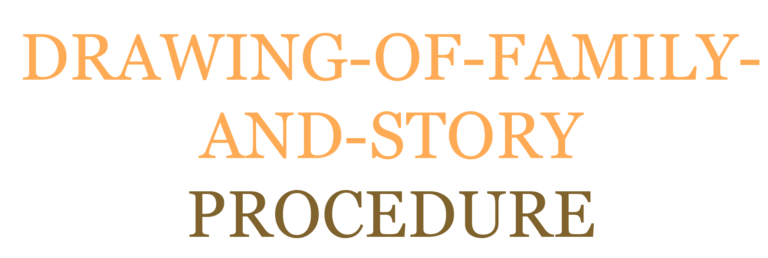MOREIRA, M. A. Continuidades e descontinuidades intergeracionais sobre a experiência de amamentar: um estudo de representações sociais [Intergenerational continuities and discontinuities on the experience of breastfeeding: a study of social representations]. 279 p. Doctoral Thesis – Escola de Enfermagem da UFBA. Salvador (BA), 2011.
Available on: https://repositorio.ufba.br/ri/bitstream/ri/11088/1/Tese_Enf_Michelle%20Moreira.pdf
Breastfeeding, a complex and multifaceted socio-cultural process, allows women of the same or different generations, within the societal structure and within a parental group, to experience and/or elaborate multiple representations that can be continued and/or discontinued depending on the social time of the groups to which they belong. This is a quanti-qualitative study, of exploratory and descriptive nature, based on the Theory of Social Representations and Core Theory, using a multi-method approach, with the objectives of apprehending and discussing the social representations of women from the same family about the experience of breastfeeding anchored in intergenerationality and analyzing the continuities and discontinuities that permeate this social phenomenon. Twenty-one women from three different generations of the same family who had experienced the practice of breastfeeding participated. The instruments used for data collection were the Free Association of Words Technique – TALP, the Drawing-Story with a Theme and the Semi-structured Interview, duly applied in October 2009 to July 2010. The data from the TALP were submitted to the Factor Analysis by Correspondence – FCA, through the Tri-DeuxMots software with the 6 inductive stimuli: breastfeeding, their experience with breastfeeding, learning about on breastfeeding, exchange of experiences between generations, teaching on breastfeeding and breast milk, and the elaboration of the Four Houses Chart by EVOC with only 1 inductive stimulus: exchange of experiences on breastfeeding with her daughter and granddaughter (1st generation), with her mother and daughter (2nd generation), and with her mother and grandmother (3rd generation), searching for the meaning and structure of the social representation. The analysis of the Four Houses Chart showed that the women meant this experience, through knowledge, by the central elements, taken as: important, learning, passage, family, and doctor, as peripheral elements: care, dedication, and joy. The AFC corroborated with the structural perspective, when it demonstrated that, in Factor 1, the women revealed the meanings of the experience by food, health, love, care, good, obligation, mother, daughter, child, and prevention of disease. For Factor 2, these women further evoked learning, caring, obligation, health, good, mother, child, strong. Moreover, the narratives, the iconographic and the semi-structured interview were analyzed in the dimension of content analysis, characterizing the thematic perspective. The stories contained in the drawings showed that the practice of breastfeeding was anchored in the teaching-learning process of the different generations and by taking care of the baby as the central nucleus, that the benefits of breastfeeding, present in the three generations, were concentrated on the physical-organic focus of the baby’s development towards a perspective of women’s health, and that breastfeeding was interwoven with affectionate relationships. Finally, the thematic analysis of the interviews was defined by four categories and 11 subcategories for the 1st generation, four categories and 12 subcategories for the 2nd generation, and four categories and 10 subcategories for the 3rd generation. These results allowed the experience to be known from the positive and/or negative perception of breastfeeding, the teaching-learning process developed by the generations, health professionals, observation and media, the care with the baby in breastfeeding, and the conception of breastfeeding, defined as biological and/or social. We conclude, believing that this study will allow the amplified look, not only of health professionals and related areas, but for those who intend to analyze a multifaceted and complex phenomenon such as breastfeeding, plus the inter and/or transgenerational possibilities, understanding it from the perspective of the formulating agents.

